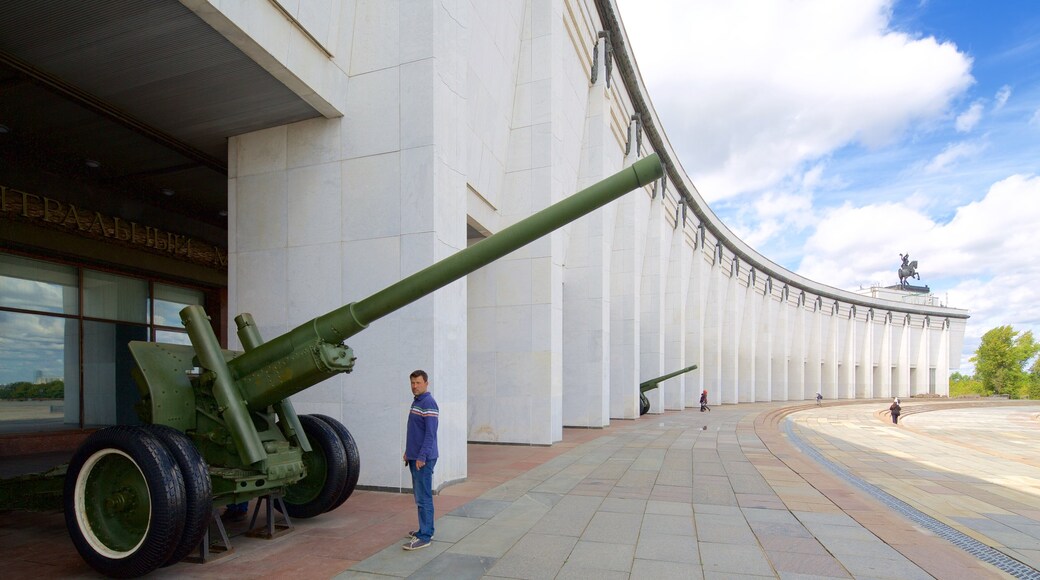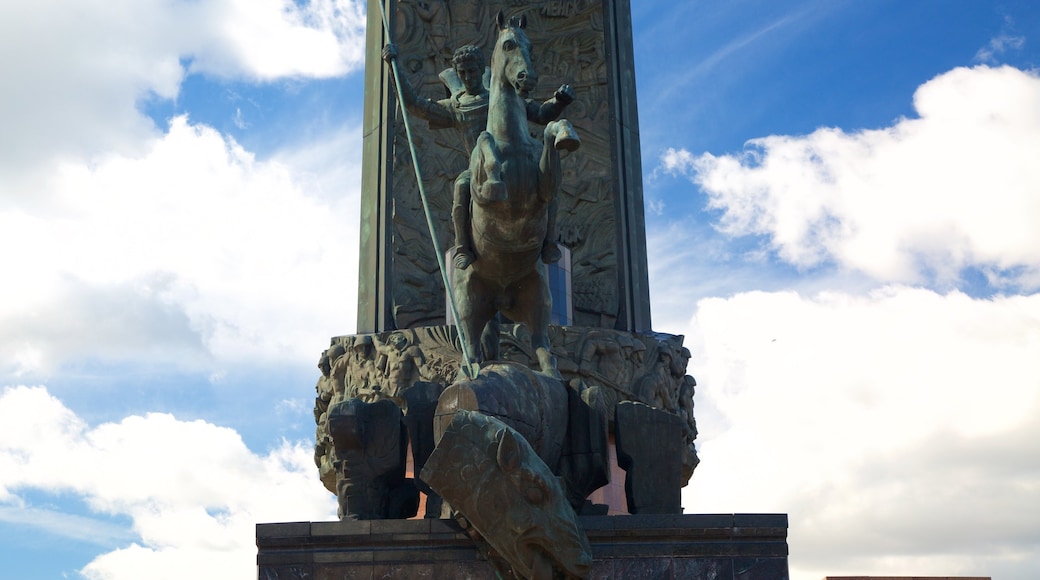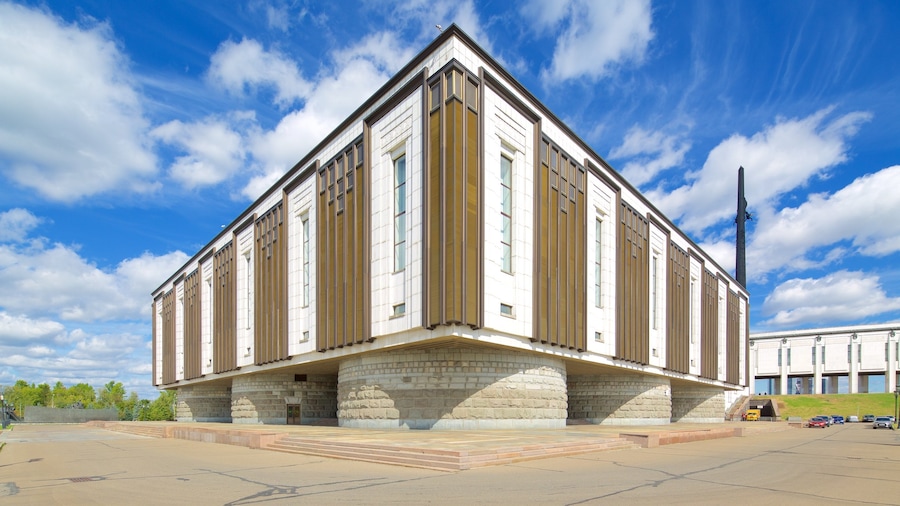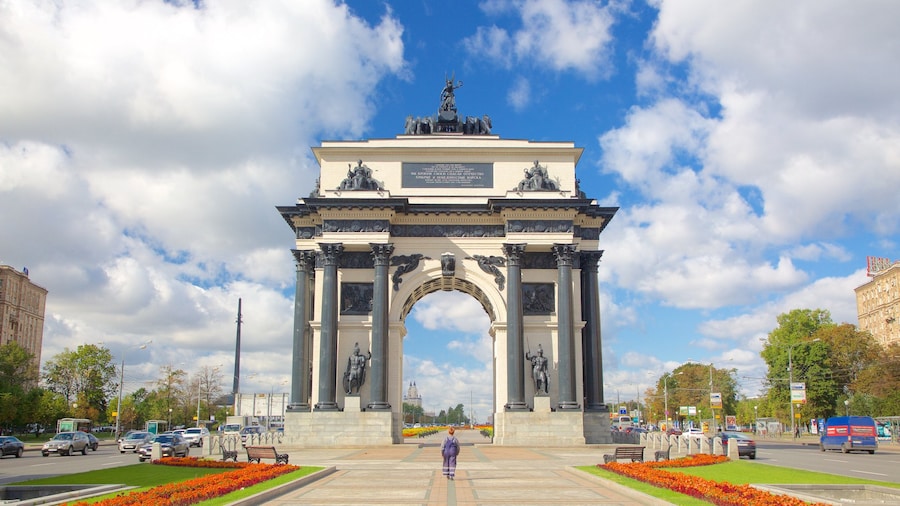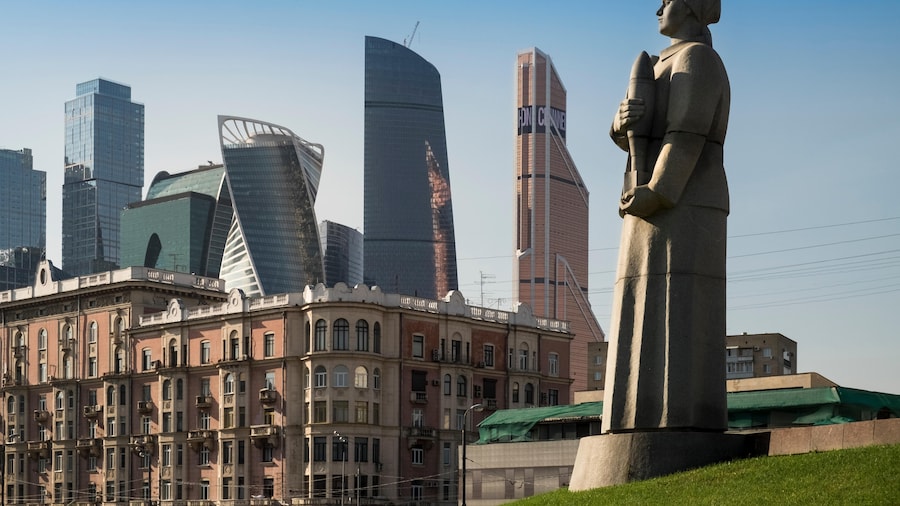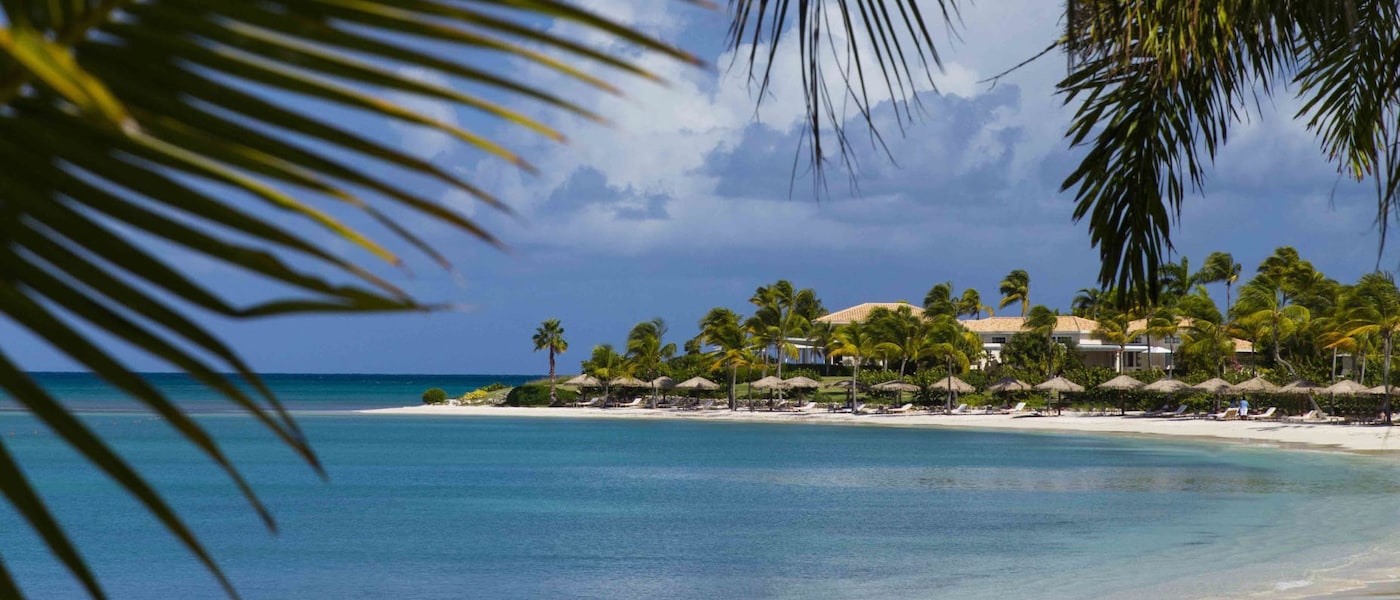Victory Park is a lavish memorial to Russian success during World War II. Many of its features are dedicated to specific war events. Stroll through the grounds and reflect on each historical episode.
The park opened in 1995 to mark the 50th anniversary of the ending of World War II. Note that it has historical significance beyond the war. Napoleon may have waited on the site of Victory Park to receive Moscow’s city keys, unaware that the Russians were burning the city rather than surrendering.
Come to the park to see the Years of War attraction. This walking trail takes you through five promenades, one for every year Russia was in the war. As you explore, note the park’s many water features. Look for 1,418 fountains marking the number of days that Russia participated in the conflict.
As you make your way through the park, spot the monument in Victor’s Place. This triangular obelisk stands 490 feet (150 metres) tall and it is topped with a statue of the Ancient Greek goddess of Victory, Nike.
To educate yourself further about Russia’s involvement in World War II, stop at the Museum of the Great Patriotic War. Here, view exhibits covering the major events Russia was involved in during the war, such as the Nazi attack on Moscow and Berlin’s fall to Soviet forces. Save time for the Hall of Sorrow, which is decorated with tear-shaped glass pieces in remembrance of those lost in the war.
Venture back outside to see vehicles used during the war, including several colossal tanks. These historical models now lead a much quieter life in Victory Park, on view for curious visitors.
Come to the park on Victory Day (May 9) to revel in the party atmosphere as Muscovites mark the special day on these symbolic grounds. You may even see members of the public and ex-soldiers who lived through this tumultuous time.
To visit Victory Park, take the subway to Park Pobedy metro station. The museum has an entrance fee. The park is not open on Mondays or on the last Thursday of every month.

